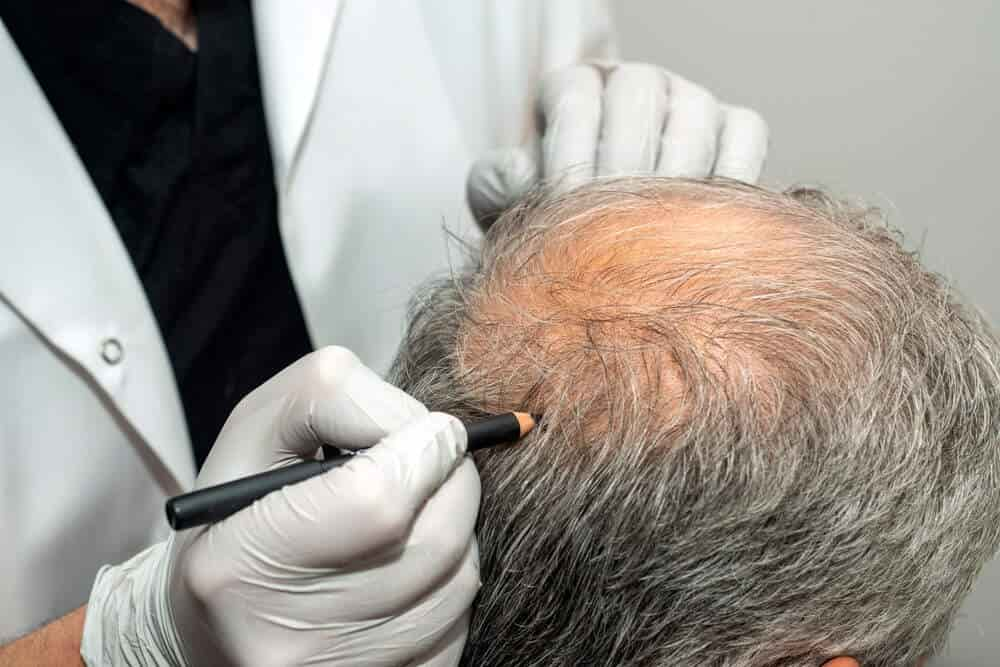Hair fall can be emotionally exhausting. Whether it’s shedding in the shower or noticing thinning spots, the anxiety that follows is real. Millions face this issue daily, yet few understand the root causes and safe management techniques. In this guide, we dive deep into expert-backed advice for tackling hair fall, drawing from the insights a Hair Specialist Doctor In Dubai would prioritize. The goal? Equip you with proven strategies to regain control over your hair’s health—without falling into harmful fads or myths.
Understanding the Nature of Hair Fall
Before jumping into solutions, it’s essential to grasp why hair fall happens. Hair has a natural growth cycle consisting of the anagen (growth), catagen (transition), and telogen (resting) phases. Shedding 50–100 strands a day is normal, but persistent or sudden hair loss could indicate imbalances or stressors that need attention. Lifestyle, hormonal shifts, poor nutrition, and environmental damage are frequent triggers.
Red Flags: When Hair Fall Becomes a Concern
Not all hair fall is a red alert, but certain signs should never be ignored. Sudden clumps of hair on your pillow, visible thinning, or patchy bald spots can point to deeper issues. These may include scalp infections, autoimmune responses, or severe deficiencies. Recognizing early signs allows for prompt and safe intervention.
Daily Habits That Contribute to Hair Loss
Your everyday routine plays a powerful role in hair health. Overwashing with harsh shampoos, excessive heat styling, and tightly pulled hairstyles can weaken follicles. Chemical exposure from dyes and straighteners also disrupts the scalp’s protective barrier. Furthermore, stress-induced hormonal changes can lead to telogen effluvium, a common but reversible type of hair loss.
Nutritional Factors You Can’t Ignore
Hair is made up of a protein called keratin. A protein-deficient diet weakens its structure, making hair brittle and prone to fall. Equally important are vitamins like biotin, vitamin D, and zinc. These nourish the scalp and boost follicular strength. Hydration also plays a role—dehydrated strands break easily, accelerating loss. Balanced meals and hydration are fundamental for safe hair fall recovery.
Hair-Friendly Lifestyle Adjustments
Sleep, stress, and exercise habits affect your body’s ability to maintain healthy hair. Quality sleep allows the body to repair and regenerate, including hair follicles. Chronic stress disrupts hormonal equilibrium, triggering hair fall. Incorporating mindfulness practices such as yoga, meditation, or even simple breathing exercises can stabilize these hormones. Physical activity boosts blood circulation, delivering nutrients to the scalp efficiently.
Scalp Care Rituals That Actually Work
A healthy scalp is the foundation for healthy hair. Avoid products with sulfates and parabens, as they strip away natural oils. Gentle cleansing and weekly exfoliation help unclog follicles and reduce buildup. Scalp massages with nourishing oils improve blood flow, stimulating dormant follicles. Keep your scalp free from dandruff and inflammation by using mild, pH-balanced products regularly.
Misconceptions That Can Delay Progress
There are numerous myths surrounding hair fall that can do more harm than good. Common beliefs like frequent trimming speeds up growth or that brushing 100 times a day improves thickness are unfounded. Relying on home remedies without understanding your hair’s condition can worsen the situation. A Hair Specialist Doctor would always stress the importance of tailored solutions instead of generalizations.
Timing Is Everything in Hair Fall Management
Hair recovery doesn’t happen overnight. It’s a process that requires consistency and patience. Most safe, proven methods take weeks or even months to show visible improvement. The earlier you identify the triggers and adopt corrective measures, the better the outcome. Avoid hopping from one product to another; instead, monitor your progress and stick to what supports your scalp and hair biology.
Environment and Seasonal Impact
Your surroundings impact your hair more than you might realize. Hard water, air pollution, and UV rays weaken the hair shaft and scalp health. Winter months can dry out the scalp, while summer may increase sweat and oil production, leading to clogging. Protect your hair with caps, scarves, and by using products with environmental shields. Regularly washing off pollutants also keeps the scalp in balance.
Safe Styling Tips to Minimize Damage
Styling doesn’t have to equal damage. Opt for heat-free techniques like braiding or natural air drying. Use heat tools sparingly and always with a protectant. Swap tight ponytails for looser hairstyles to prevent traction alopecia. Microfiber towels reduce friction, and silk pillowcases lessen breakage overnight. Every small styling decision contributes to the bigger picture of hair preservation.
Consistency Over Complexity
In hair care, less is often more. A cluttered routine with multiple products can confuse your scalp and cause buildup. Instead, create a simple but effective plan. Choose a gentle shampoo, hydrating conditioner, nourishing oil, and maybe a light serum. Use them consistently and resist the urge to switch frequently. This helps your scalp maintain balance and supports long-term hair strength.
Empower Yourself with the Right Information
With so much information online, it’s easy to fall into a spiral of confusion. Stick to science-backed guidance and avoid miracle claims. Trust sources that prioritize safety and transparency. A Hair Specialist Doctor would always recommend following evidence-based advice tailored to your unique hair needs instead of chasing viral trends or influencer-endorsed shortcuts.
Final Thoughts: A Healthier Approach to Hair Fall
Safe hair fall management is all about awareness, prevention, and mindful routines. By addressing the core causes—like stress, nutrition, and scalp care—you build a stronger foundation for growth. Avoid harmful habits and focus on long-term wellness instead of quick fixes. With time and consistency, your hair can thrive again. Taking the first step toward improvement begins with understanding what your hair truly needs. And that insight often aligns with the safe, strategic approach a Hair Specialist Doctor would endorse: gentle care, smart nutrition, and consistency.




